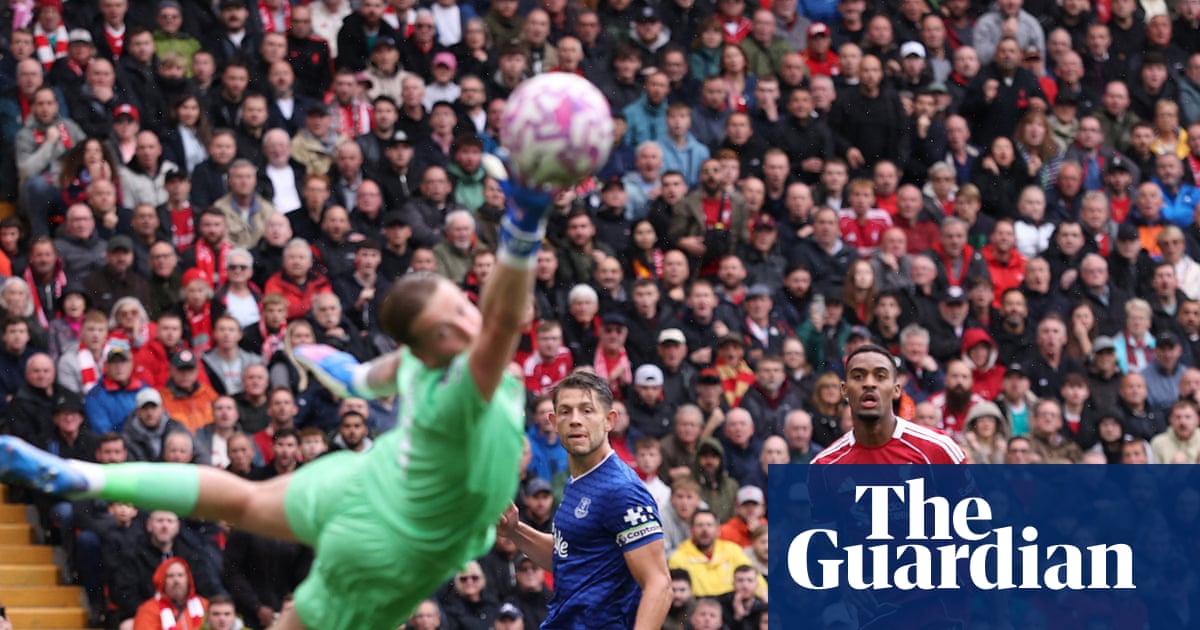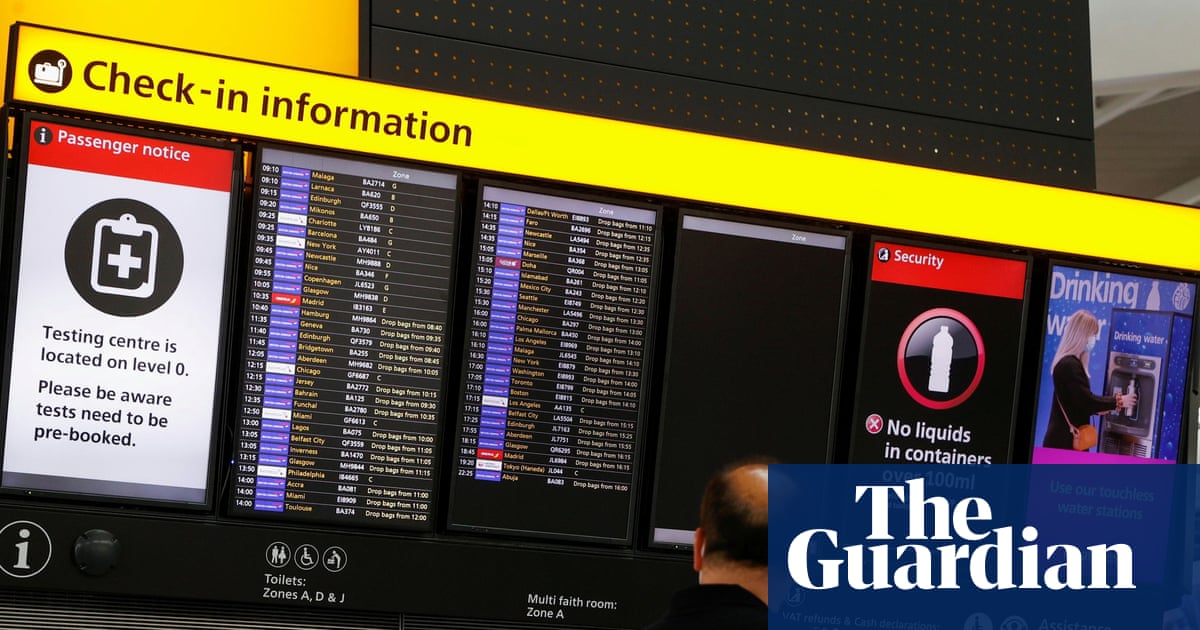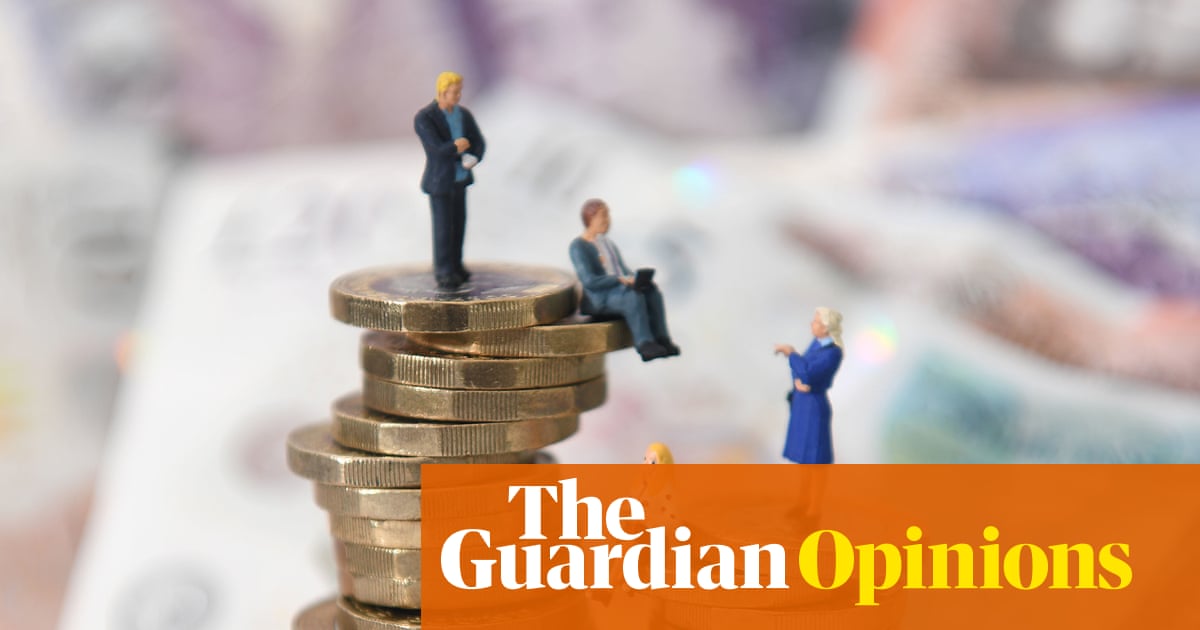Key events Show key events only Please turn on JavaScript to use this feature
Matt Swannell, chief economic advisor to the EY Item Club forecasting group, said while the GDP figures confirm a strong start to 2025, “this pace of growth appears temporary”.
There appear to be problems with residual seasonality in the data which is making the early part of the year look artificially strong. Q1 was also boosted by a strong increase in aircraft investment, which is likely to unwind, and some business appears to have been brought forward to beat changes in US trade policy. The early signs are that the UK looks set for much softer growth in the second quarter of 2025, with output already having fallen in April.
A feature of the last year was that households preferred to save rather than spend a lot of their real income gains. A saving ratio of 10.9% in Q1 was far higher than usual, although it was a fall of 1.1ppt from Q4. With earnings growth slowing and inflation set to rise, growth in real income looks set to slow across the rest of this year, but with scope for households to save a little less, there is space for consumption to be cushioned from this slowdown.
After the strong start to 2025, the UK looks set for another year of weak growth, with headwinds continuing to intensify. On top of weakening real income growth, fiscal policy has been tightened, while some households will still feel the lagged effects of past interest rate rises. Global trade market volatility and the accompanying elevated levels of uncertainty have added to the headwinds.
People have less income in the UK – real household disposable income per head is estimated to have fallen in the latest quarter by 1.0%, compared with a revised 1.8% increase in the previous quarter.
This morning's 2nd release of Q1 GDP shows why plenty of nuance is needed in appraising recent UK economic performance. Strong growth in GDP per capita (+0.6% QoQ), yet a sharp decline in Real Household Disposable Income (-1.0% QoQ). Expect plenty of data cherry-picking his week. https://t.co/cV1KtcCx0O pic.twitter.com/hExUa7Yikd
— Simon French (@Frencheconomics) June 30, 2025Ruth Gregory, deputy chief UK economist at Capital Economics, warns that there is little underlying momentum in the economy, as more recent data suggests.
GDP growth was unrevised at 0.7% q/q in Q1, but we already know this strength has started to unwind. The underlying picture is still that there is very little momentum in the economy.
Growth was a bit less dependent on a likely one-off surge in business investment in Q1 than previously estimated. That was revised down, from 5.9% q/q to 3.9% q/q. What’s more, consumer spending growth was revised up a notch, from 0.2% q/q to 0.4% q/q.
And the news that the household saving rate fell from 12.0% in Q4 to 10.9% in Q1 provides some encouraging signs that consumer spending growth will edge higher in the quarters ahead.
That said, these minor tweaks to the shape of growth don’t change the big picture. Business investment and net trade remained the main drivers of growth. And given activity has been brought forward ahead of US tariffs and the leap in business investment reflects a one-off leap in spending on aircraft, these sources of growth won’t be sustained. Indeed, we already know that exports to the US fell by 31% m/m in April after they had risen by 34% in total in the five months to February.
Of course, all this backward-looking news is less important than the timely data which suggest GDP has done little more than flatline in Q2. The latest GDP figures do not change our view that the economy will grow by just 1.0% this year, which would be no better than last year and a little weaker than the consensus forecast.
Introduction: UK economic growth confirmed at 0.7% in first quarter as household saving ratio falls
Good morning, and welcome to our rolling coverage of business, the financial markets and the world economy.
The UK economy grew by 0.7% between January and March, but households saved less amid the cost of living crisis, according to the latest official figures.
The GDP growth figure was unchanged from the Office for National Statistics’ previous estimate.
The service industries grew by 0.7% in the first quarter while production expanded by 1.3% and the construction sector eked out 0.3% growth.
The household saving ratio, a measure of how much people save, fell for the first time in two years, to 10.9% from 12%, as they spent more on fuel, rent and restaurant meals.
ONS director of economic statistics Liz McKeown said:
While overall quarterly growth was unrevised, our updated set of figures show the economy still grew strongly in February, with growth now coming in a little higher in March too.
There was broad based growth across services, while manufacturing also had a strong quarter.
The saving ratio fell for the first time in two years this quarter, as rising costs for items such as fuel, rent and restaurant meals contributed to higher spending, although it remains relatively strong.
The ONS said that while the quarterly figure was unrevised, monthly growth was slightly higher than first thought in March, at 0.4% versus its initial estimate of 0.2%. January saw zero growth and February posted expansion of 0.5%, both unrevised.
In April, GDP is estimated to have fallen by 0.3%, largely because of a drop in services output.
The UK-US trade deal has come into effect today, which means lower tariffs for UK carmakers (10%) and the aerospace sector (0%).
The Agenda
-
9.30am BST: Bank of Engalnd consumer credit and mortgage approvals for May
-
10am BST: Italy inflation for June (preliminary)
-
1pm BST Germany inflation for June (preliminary)
-
8pm BST: ECB president Christine Lagarde speech

 2 months ago
73
2 months ago
73

















































